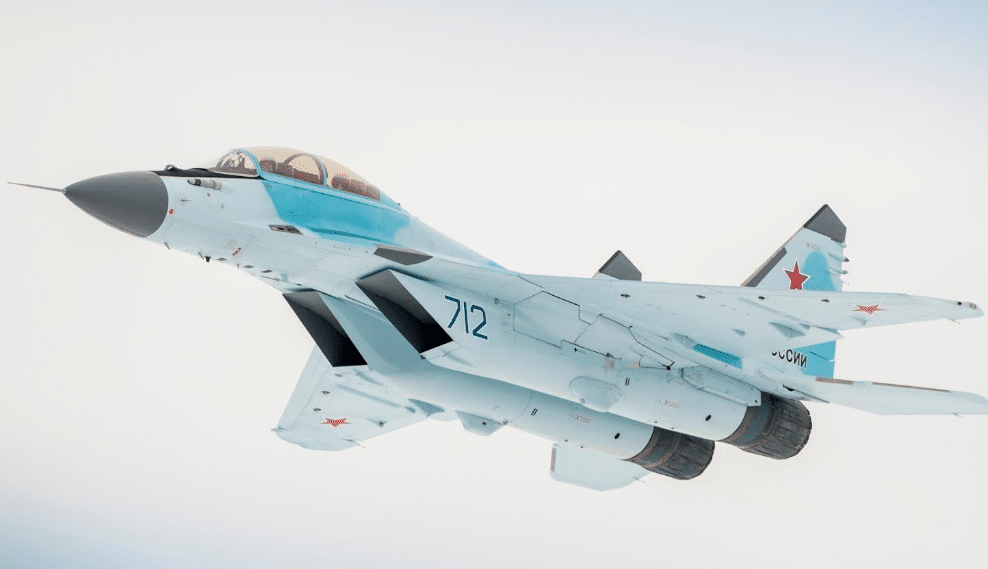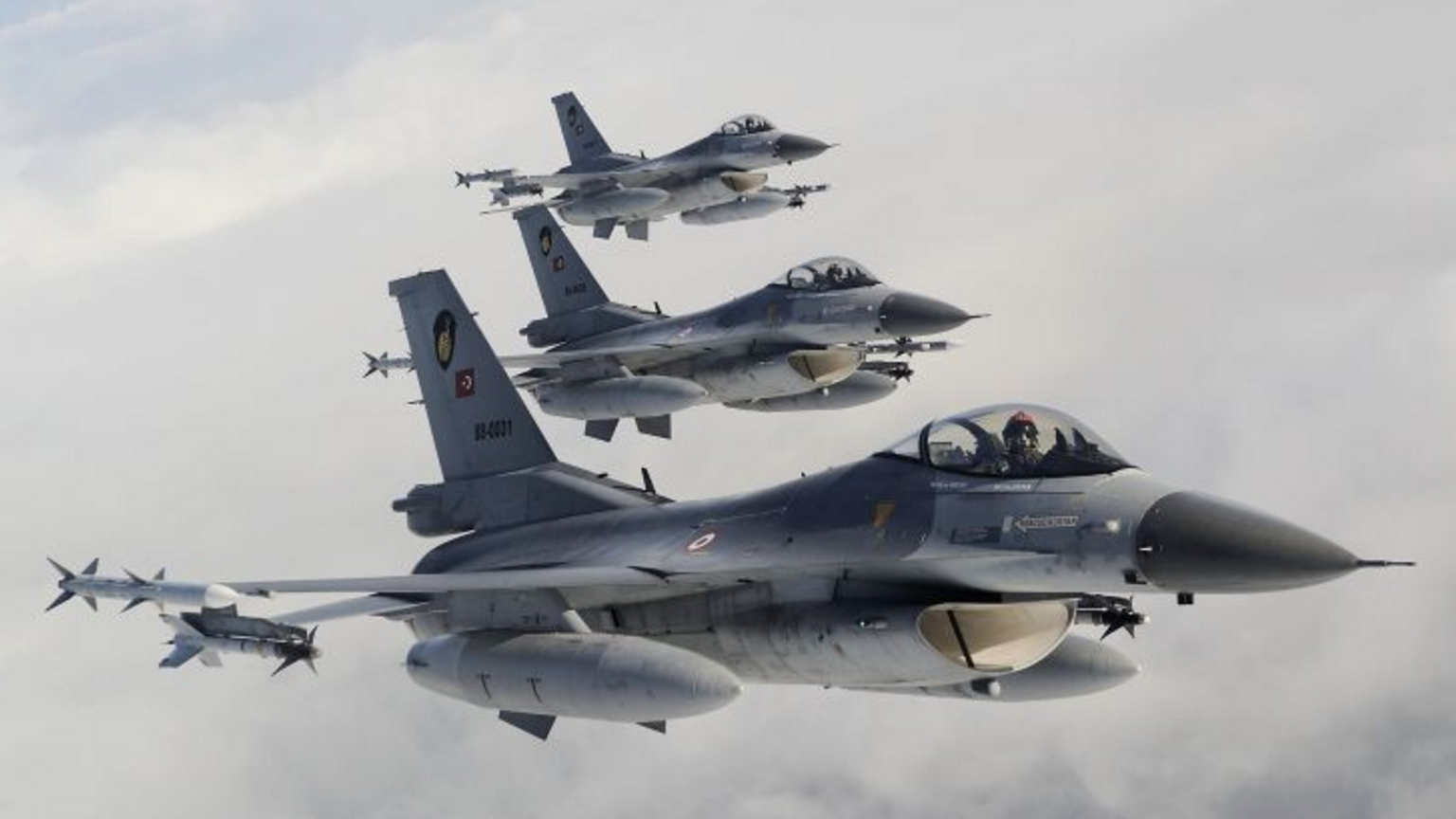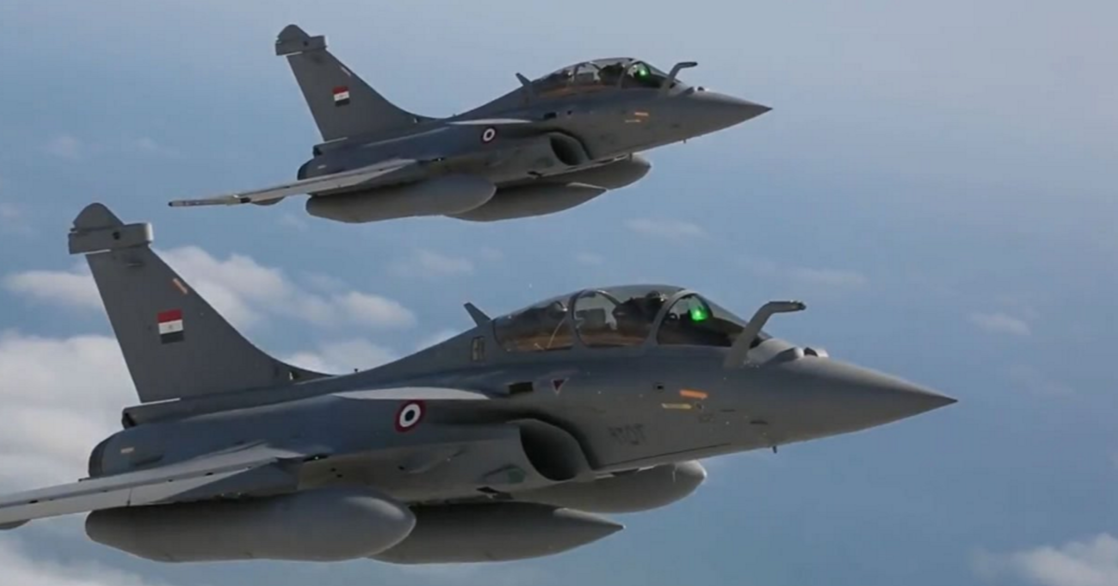2633Views 13Comments

UAC will market MiG-35 to Kazakhstan with local workshare
United Aircraft Corporation (UAC) signed an agreement with Kazakhstan Engineering to jointly market the Mikoyan MiG-35 multi-role fighter to Astana.
The agreement, which was signed on Wednesday, July 19th during the International Aviation and Space Salon (MAKS 2017), outlined offset opportunities for Kazakhstan Engineering through producing parts for the MiG-35 should the fighter make its way to the Kazakh Air and Air Defence Forces.
Touching upon its commitment to acquire the aircraft for the Russian Aerospace Forces (VKS), the Russian Ministry of Defence announced plans at MAKS 2017 to begin MiG-35 orders in 2018.
UAC formally launched the MiG-35 in January. From the onset, the company – along with the VKS and the Russian government – positioned the MiG-35 as an affordable and versatile high-technology fighter.
UAC envisions a strong prospective market for the MiG-35 among existing MiG-29 users, with the developing world market of interest to the company. In March, MiG Corporation Director General Ilya Tarasenko claimed that the MiG-35 had a lower life-cycle cost and acquisition price than its competitors.
Kazakhstan was among the countries that Tarasenko had listed as prospective MiG-35 buyers. Astana is in the process of modernizing its armed forces, but a focus of involving the Kazakh industry. Kazakhstan is also engaging multiple suppliers, among them China, Turkey and South Africa.
The MiG-35 Fulcrum- is the latest iteration of the MiG-29 Fulcrum series of medium-weight fighters. One of its marquee features is the Zhuk-AE active electronically-scanned array (AESA) radar, which UAC claims is capable of “detecting and tracking from 10 to 30 targets at a time at a distance of 160 kilometers.”
It is powered by two Klimov RD-33MK turbofan engines, which provide 7-10% improvement in thrust over preceding RD-33 engines. Structurally, composites form a greater proportion of the Fulcrum-F’s airframe (than predecessors). The fighter benefits from a digital fly-by-wire flight control system and full-authority digital engine control (FADEC). Its operating range is 50% more than that of the MiG-29.
Notes & Comments:
UAC’s commitment to extend parts manufacturing to Kazakhstan Engineering could suggest that Astana is being viewed as a potentially major export market. Currently, the VKS is serving as the sole anchor for MiG-35 launch orders. The Kazakh Air and Air Defence Forces’ combat aircraft fleet entirely comprises of Russian platforms, i.e. Sukhoi Su-27UB/M2 and Su-30SM as well as Mikoyan MiG-23, MiG-27 and MiG-29.
UAC can position the MiG-35 as a lesser-cost compliment to the Su-27UB/M2 and Su-30SM, especially as a mainstay multi-role fighter for supplanting the MiG-23/27 and augmenting the MiG-29. Relatively large orders at launch could also provide Astana leverage to link its MiG-35 workshare to the fighter’s overall supply channel – Kazakhstan Engineering could benefit from VKS and third-party MiG-35 sales.
Besides Kazakhstan, UAC is also viewing India as a prospective overseas launch market. India currently has a bid in place for a single-engine fighter to replace its MiG-21 and MiG-27 fighters. Tarasenko claimed that India had expressed interest in the MiG-35 and that the matter is “in the negotiation stage where talks on technical and technological specifications” will be presented to the Indian Air Force (IAF).
Be it with Kazakhstan or India (or both), it will be interesting to see the extent to which UAC will leverage next-generation avenues along with the MiG-35. UAC is to collaborate with the United Arab Emirates on a next-generation fighter which is expected to include Mikoyan (along with Sukhoi). UAC plans to see this platform as a lighter weight compliment to the Sukhoi T-50.



13 Comments
by Lasit
they are saying the same for the Indian bid as well. but i really doubt whether a simple work share will get them the Indian Deal, where the other players are ready to completely move the production line and local manufacturing …
by Steve
It is a good aircraft but we don’t think it fits in with PAF plans. I think PAF are going for gen 5 with few F-16 added second hand now and then to keep increasing numbers, and of course JF-17 Block III. We don’t have the cash or desire to buy 3 squadrons of MIG-35 as a stopgap. Su-35 for maritime use maybe but not this. We could aim to get RD-33MK.
by Steve
Is that not for single engine fighter..
by Saptarshi Dasgupta
Problem with Indian Air Force is that it is spoilt with choices and so despite having choices and money it cannot go for enough jets. 272 Su-30mki-14 squadron (Super 30 upgrade makes it similar to su-35), 2 squads of 36 rafales, 6 squadrons of 123 tejas, 6 jaguar squadrons having 120, 3 squadrons of Mirage 2000-5 (49) and 3 mig-29 upgraded squadrons of 62 jets makes it 34 sqquadron….Still INDIA WOULD BE SHORT OF 8 SQUADRONS ie. 144-160 aircraft (18-20 per squadron). If we assume that 111 Mig-29 /Mirages would be replaced by AMCA and 120 jaguars by PAK-FA sometime post 2030 and 2025….8 squadrons would be a big amount for this we have too many choices like Rafale follow on (costly, mig-35, f-16 block 70 ,gripen and Tejas mk2 . If India had no options itwould have bought mig-35 and that would have been good and would have saved money and time
by Bilal Khan
I personally believe the IAF lost an opportunity by not pursuing the M2K with local production. In hindsight it might have been a good idea in that the IAF would have gotten a rock-solid single-engine medium-weight fighter to replace the MiG-23, MiG-27 and perhaps even Jaguar (esp. for the strike role). Off-the-shelf Rafales could have come later on. I understand the M2K is an older platform, but in South Asia – esp. with an AESA radar upgrade – it would have been just fine (to say the very least) and as a strike platform, it’s still quite good. IMO … I would have even settled for much fewer MKIs if it meant rallying resources for many more M2K with domestic production.
by Saptarshi Dasgupta
Makes perfect sense. M2K was offered post Kargil skirmish. But we decided to go for MKI. 270 heavy two engine fighters is an overkill and a huge maintenance disaster. Probably that is why IAF is not getting into the pak-fa fast. When you need numbers to fill up squadrons only single engine fighters can do that economically. Difference between Pakistan and India is that in Pakistan Army air force and the armed forces take the call on buying weapons . In India the Babus in defence ministry do so. When IAF wanted M2K, BJP government then had put the deal on back burner because of elections, Then congress came and wasted years for MMRCA and when congress was gone, BJP shortened the Rafale deal by limiting it to 36 Rafales and increased the number of single engined Tejas to 123, 83 of them with Israeli AESA EL/M-2052. Now they launched this single engine competition and this will go on till 2019..Post the elections this will be signed if Modi comes in power and if Congress comes then they will go for another competition. Sometimes being a democratic republic with an over interfering constitution is a problem… All deals get stuck in red tape. Still a gap of 160 odd aircrafts and this is huge. Would love to see Mig-21/23/27s out soon. If IAF, government is clever they would go for F-16v Block 70 and fill the numbers. As you mentioned it is a block 52 with aesa, new ecm and cockpit displays..it will be cheaper and will also keep money for Pak-fa and AMCA in future
by Bilal Khan
Well the M2K would have made sense back in 2000 or 2005 – as would have the Block-52+ (which could have been MLU’ed into V). The issue with the F-16 Block-70/72 today is that India would pay for infrastructure from zero for a sun-setting platform. I understand embarrassment of riches and all, but the cost of a platform will stick with India for decades and it will run the risk of forcing trade-offs elsewhere, e.g. the next-gen fighter, Rafale, etc. It may make more sense to stock up on surplus M2K variants where available and have them hold the fort until the next-gen stuff becomes a factor. If something akin to the Jaguar DARIN III can be achieved upon ex-French, Taiwanese, Emirati and/or Qatari M2K/-5 airframes for a relatively feasibly amount…
by Steve
Very good analysis Bilal, and thanks to SD for input. I have a question. How are India’s fighter numbers needed calculated? We keep hearing they are ‘well below’ numbers but for what purpose? Is being able to fight China and Pakistan simultaneously the aim, and if it is, will they not have trouble ever reaching it considering Chinese breakneck progress, which keeps shifting the requirement. Pakistan will probably settle for TF-X or J-31 at the high end, with JF-17 Block III at the low end, and add as many F-16 as cheaply as possible to make up numbers, with Turks helping with AESA etc upgrades. Then the oldies can be retired with a rationalised airforce having only 3 main fighter types, before hopefully an indigenous Gen 5 fighter takes over. The navy may buy another type for maritime use but that’s another matter.
by Bilal Khan
I believe the issue the Indians have pointing at is operational availability of their Russian fighters, especially the Su-30MKI. They’ve had to rely on importing spare parts from Russia and issues on that front dampened the availability rate to less than 70% a few years ago. I’m not sure if they are actually concerned about cumulative numbers considering the proportion of quality assets they have – it’s making sure they’re available at high rates that is their concern.
As for the PAF – yes it is JF-17 all the way and with hopes for surplus F-16s until 5th-gen fighters come online. In all likelihood, the PN will not get its own fighters but will share platforms with the PAF.
by Steve
Thanks Bilal, it looks like we have JF-17 for the time being then. America releasing Block 50/52 is unlikely as they want us to commit suicide in Afghanistan and hand over influence to India. Not going to happen! Funny how geopolitics somehow ends up being disadvantageous to us.
by kaster
Bilal is this new generation fighter going to be an extension of jf-17 program or will it be a new program running parallel to the jf-17 program.
by Bilal Khan
Difficult to say, but seeing the statements made, it is likely a new program that will see development in parallel to the JF-17 and – when it’s time – replace the JF-17 on the production line (mid-to-late 2030s?).
by Lasit
i think the russians will offer that on the plate provided India promise the number. gone are the days when they used to be the seller, without the technology transfer and work share. more importantly, their own production line will not survive without any demand from the internal stakeholder or a large overseas account ….